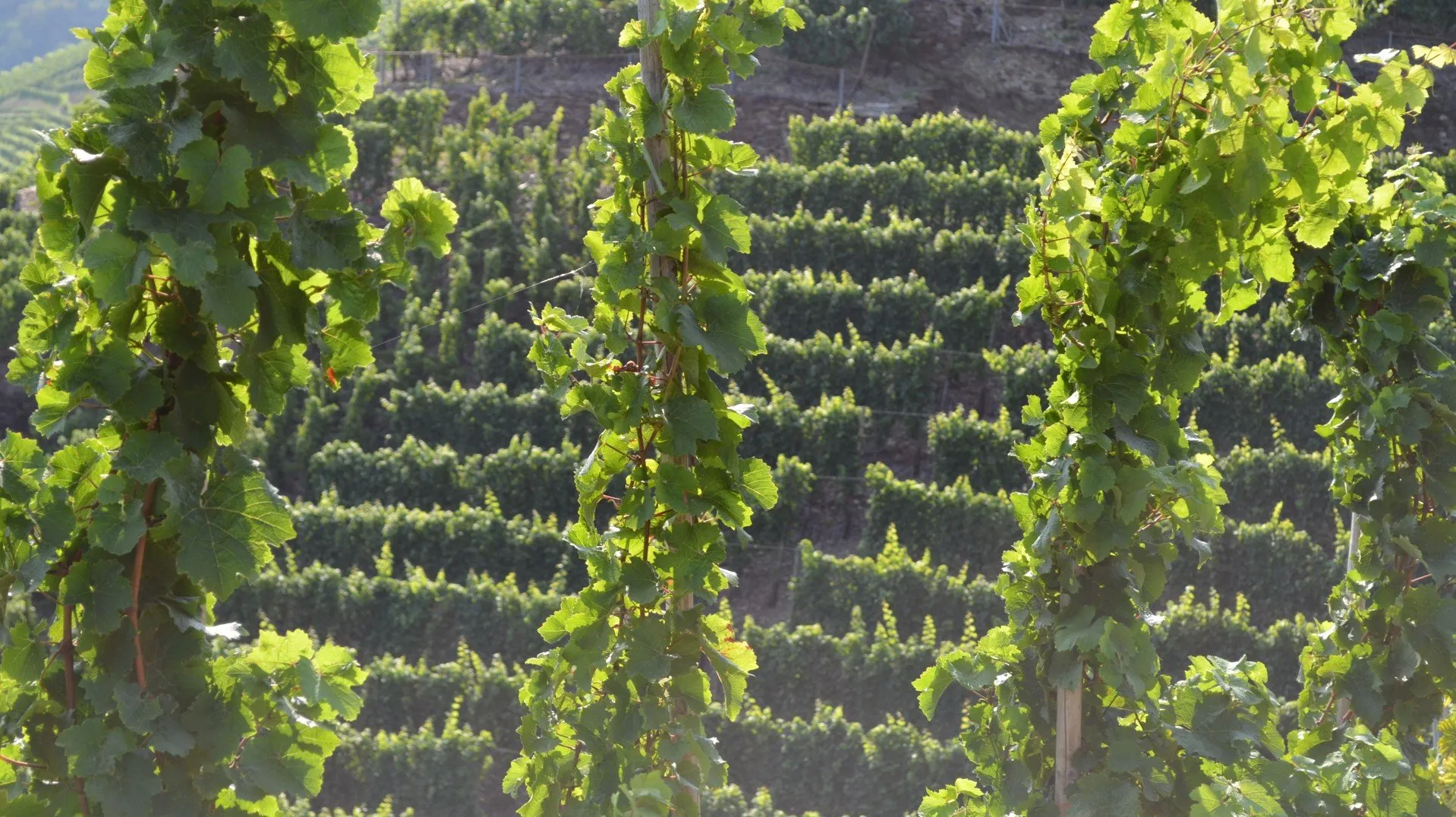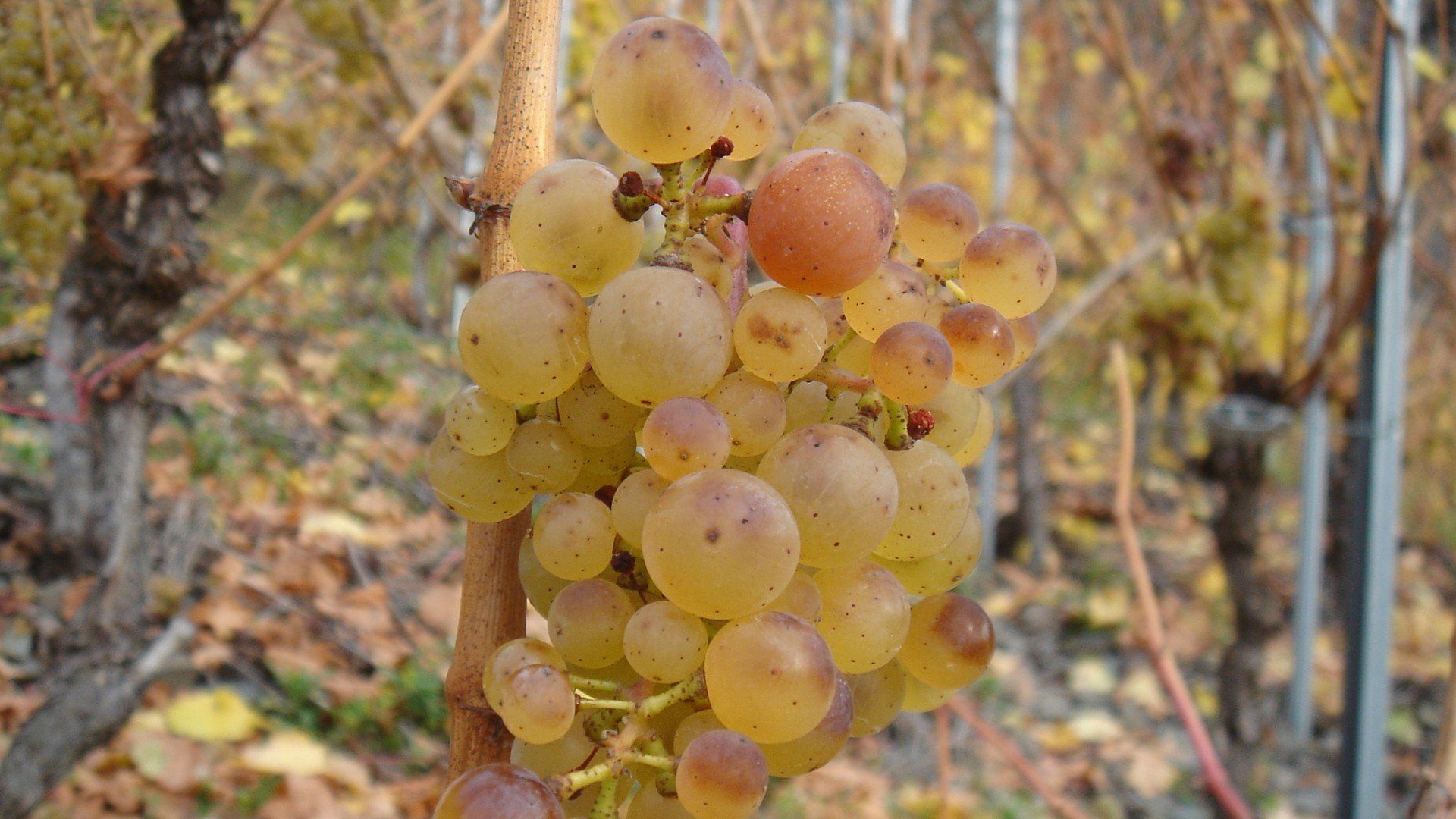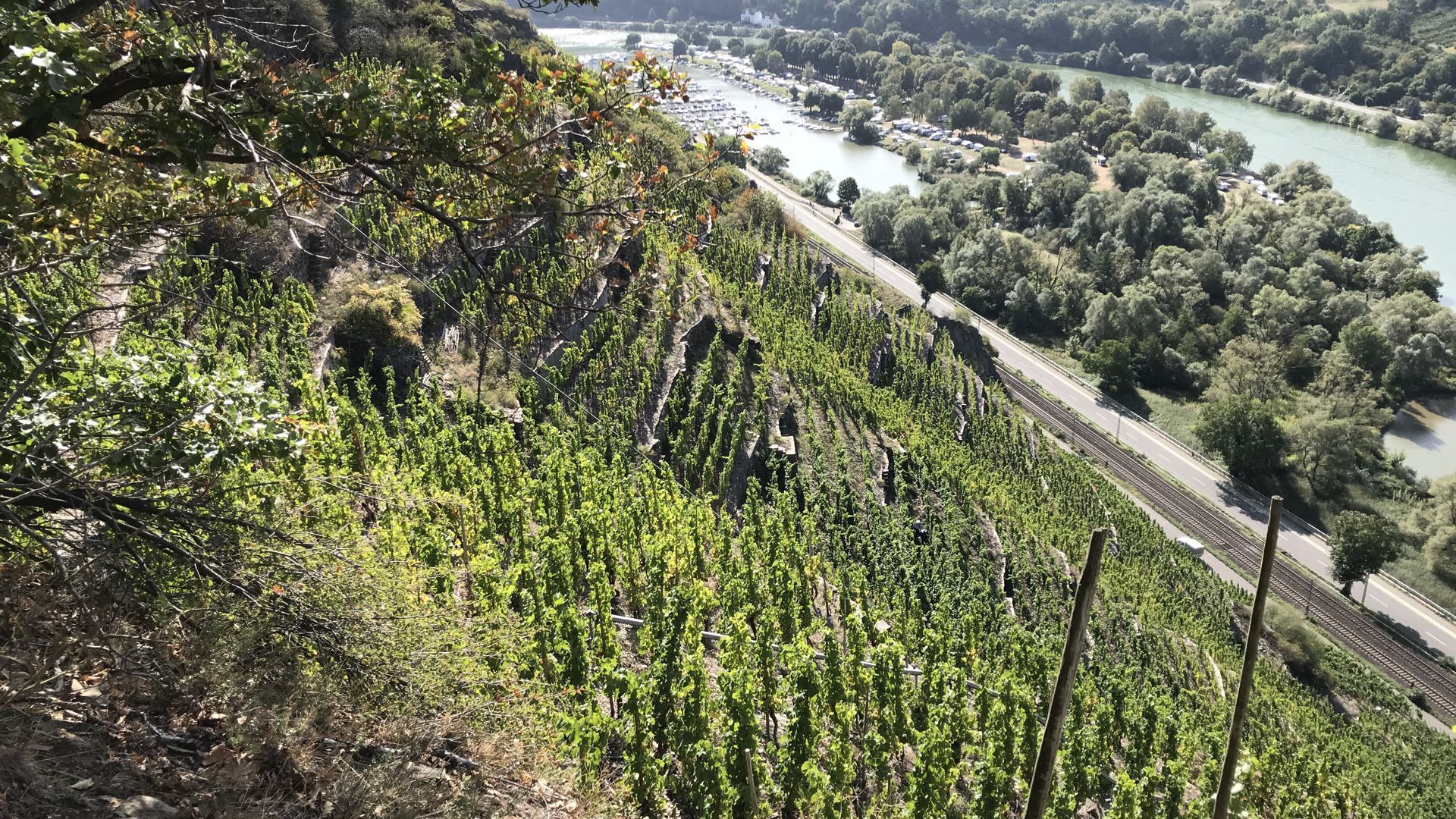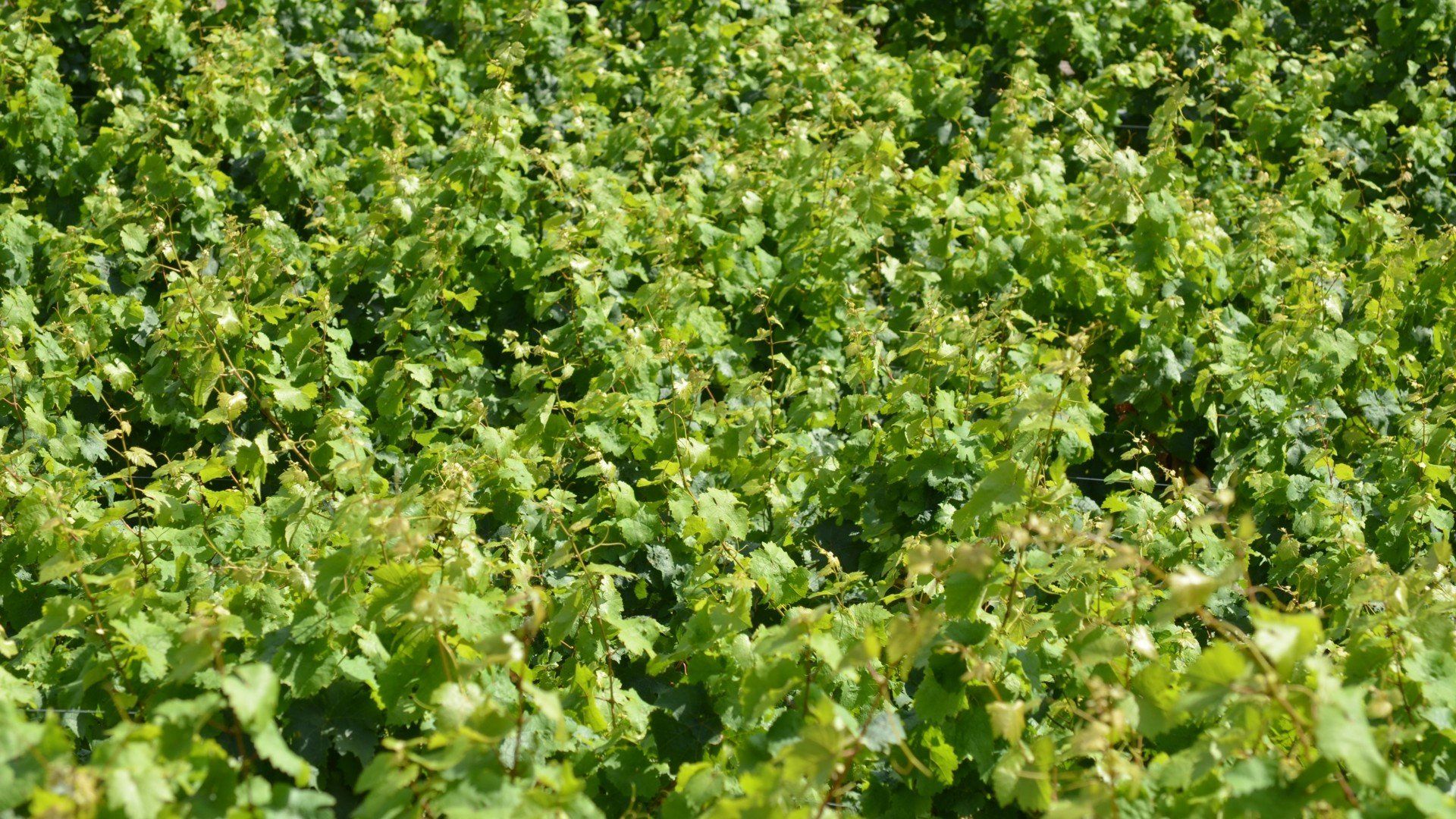Facts
Geological definition: Devonian, Rittersturz hillside layers. A highly quartz-heavy slate whose color changes from gray to yellow-brown. We cultivate 12 parcels here, totaling 5.2 ha. Orientation: SSE-SSW, elevation 75 - 180 m, slope 100 to 150%, average age of vines: approx. 50 years. Alongside the VDP.Grosse Lage sites, the parcels are also internally classified as “Erste Lage”.
All wines are exclusively vinified with wild yeasts and absolutely no addition of enzymes or fining agents, primarily in large wooden barrels. Alongside the classic dry taste profiles, we also produce, where the harvested fruit allows it, residually sweet Auslesen or enhance individual batches using the Champagne method into “Fantasie aus Schieferterrassen” (Fantasy from Slate Terraces). And sometimes we even go “orange.”
A rare exception from our Riesling rule, we cultivate Pinot Noir on several parcels. From those grapes we produce a sparkling “Blanc de Noirs,” vinified in small wood casks into a “Schieferterassen in Rot” — or, entirely inspired by the wines from Portugal's Duoro Valley, as “Fortissimo.”




















